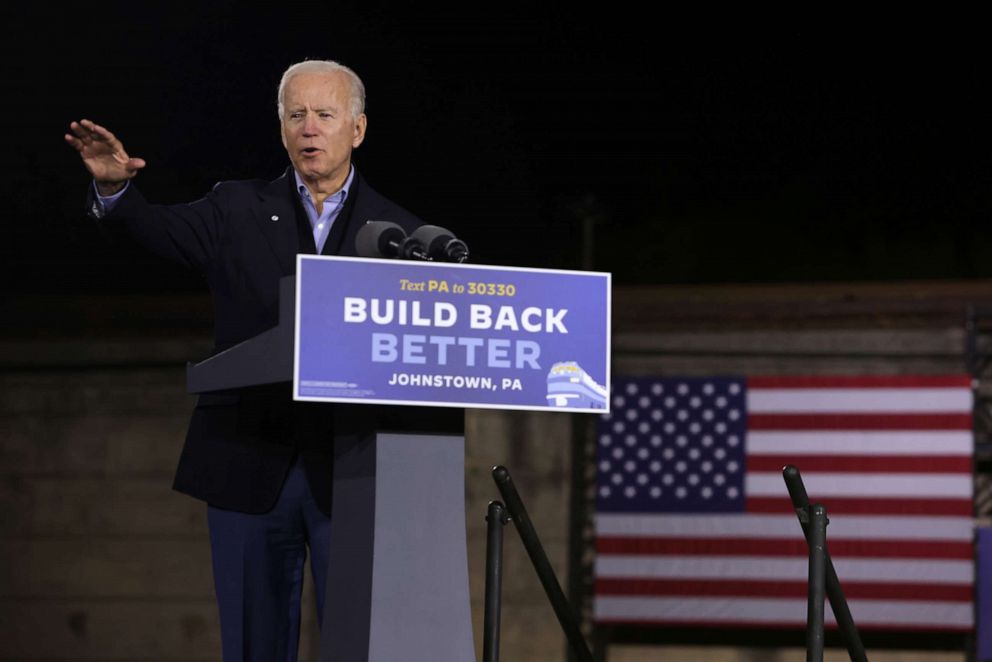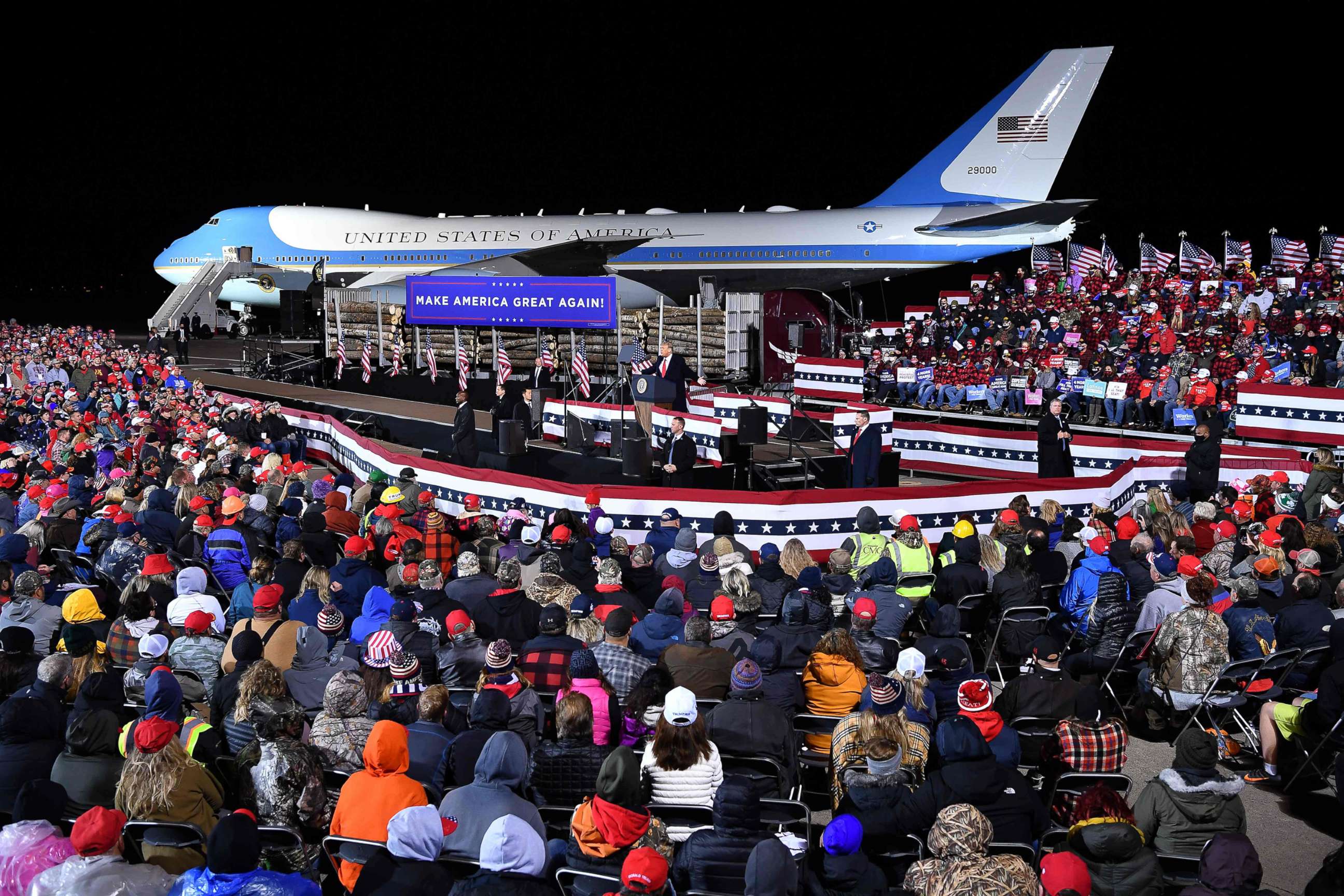Total cost of 2020 election projected to reach record-smashing $11 billion
"The unanswered question is whether this will be the new normal.”
The total cost of the 2020 election cycle, one of the most contentious in U.S. history, will likely shatter previous records.
According to an early estimate from the Center for Responsive Politics, the 2020 election cycle is projected to cost $10.8 billion, 50% more than the 2016 cycle when adjusted for inflation. The analysis includes spending from presidential candidates, congressional candidates as well as party committees and outside groups such as super PACs. An estimated $5.2 million of the $10.8 billion will be spent on the presidential election and $5.6 million on congressional races.
The spending estimates top previous records. Candidates have been sidelined from the campaign trail during the coronavirus pandemic, forcing them to rely even more on television and digital ads.
“The 2018 election smashed fundraising records for midterms and 2020 is going to absolutely crush anything we’ve ever seen — or imagined — before,” said Sheila Krumholz, executive director of the Center for Responsive Politics, a Washington-based nonpartisan campaign finance research organization.
“This is already the most expensive presidential election in history and there are still months of election spending to account for," Krumpholz continued. "The unanswered question is whether this will be the new normal for future elections.”
The projection comes as President Donald Trump and former Vice President Joe Biden enter the home stretch with just five weeks until Election Day.
Spending in the presidential race is projected to hit $5.2 billion, according to CRP's analysis. Previously, the 2008 election was the most expensive presidential election when accounting for inflation, with $2.8 million spent, CRP said.

The president's reelection campaign and the Republican Party, which started the election cycle with a massive fundraising advantage, have burned through nearly $1 billion of the $1.3 billion they have raised through the end of August.
The Biden campaign and the Democratic Party, which started the spring with less cash than Republicans, are now outpacing the GOP. In August, Team Biden brought in $365 million compared to just $210 million from Team Trump, and entered the month of September with $466 million in cash on hand compared to $325 million for the president's team.
More than $1.3 billion has been spent on television and digital advertising on the presidential election from campaigns and outside groups alone, with $709 million spent by Democrats and $627 million from Republicans, according to an analysis from media research firm CMAG.

Total spending from outside groups such as super PACs and political nonprofits has already surpassed $1.2 billion this election cycle, with more than $460 million going to the presidential race. More than $651 million of that has come from liberal outside groups and $556 million from conservative groups, according to CRP.
Small donors who gave $200 or less account for 22% of all federal committees' fundraising this election cycle, 14% more than in 2016, while the top 100 donors have funneled $756 million, or 8% of the total amount raised by federal committees this year, CRP's analysis shows.
The influence of women donors also continued to grow in 2020, with women contributing nearly $1.7 billion and making up 43% of all donors this cycle, CRP's analysis shows.
Federal political committees have already spent $7.2 billion so far this election cycle, according to disclosure records filed to the Federal Election Commission. And the figure is expected to skyrocket later this month when Senate and House committees submit their third-quarter reports.
As House and Senate hopefuls continue to set fundraising records across the country this year, congressional battles are contributing to the heightened spending. According to CRP, congressional races are projected to cost more than $5.6 billion through the end of the 2020 cycle, roughly the same as the 2018 midterms and a 37% increase from the 2016 cycle.
Some of the most expensive down-ballot races include Kentucky and Arizona Senate races and House races in Louisiana's First Congressional District and New York's 14th district, according to CRP's analysis.




